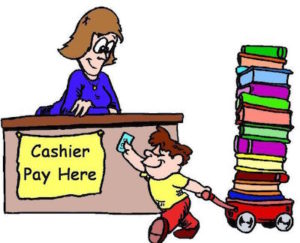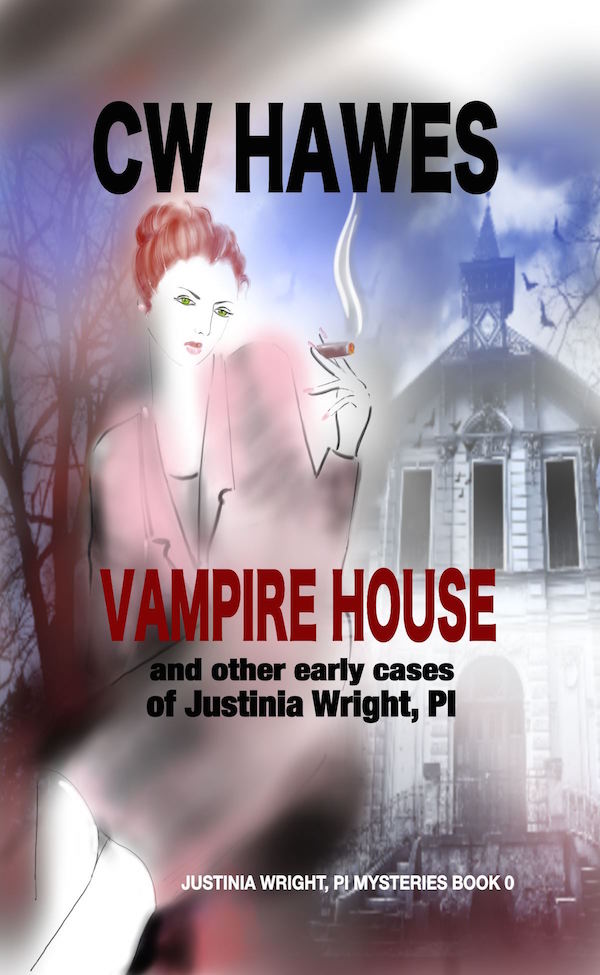Bookstores are dying! Print books are making a comeback! Men don’t read fiction! The publishing world is full of fake news.
The truth of the matter is that in the US, bookstores are on the ropes (along with many other brick-and-mortar stores), the Big 5 aren’t dead, print books aren’t making a comeback, and men do indeed read fiction.
Yesterday, I received Mary Rosenblum’s email. I subscribed quite a while ago because of friend found her critique of his book very helpful. She offers interesting insight into the world of publishing.
Her email contained a link to her blog post on which publishing venues are crushing it in the various genres. Her information was drawn from Author Earnings. I found the data and her speculations of interest. Hence my question
Where do you buy your books?
For myself, I buy all of my books online. And I can’t actually remember when I last bought a book in a store. Maybe 20 or 30 years ago. Possibly less than that. I honestly don’t remember.
Why online? First, I’ve always loved mail-order. Second, it’s easy. I don’t have to go anywhere to buy the product and only to the mailbox to pick it up. The cost of shipping is negligible when compared with the value of my time, wear and tear on my car, and sales tax. Although some online stores now charge sales tax.
For books, I buy ebooks mostly from Amazon. A few from Apple. Never from Barnes & Noble because they are usually higher-priced and their search engine is lousy.
When I retired, my team gave me a Barnes & Noble gift card — and I was very happy to get it. But trying to find something to buy on B & N’s website was a trip through Dante’s Inferno. Their subject search is pathetic when compared to Amazon’s. In the end, I searched for an author’s name and got what I wanted.
Physical books, I buy used from online vendors. But even there it’s difficult to get away from Amazon since they now own ABE and bookfinder.com.
Unfortunately, Amazon gets the lion’s share of my book business. And perhaps most people’s. Mostly because the competition is either on life support (Barnes & Noble) or doesn’t really care to compete (Apple) or is just very small (Smashwords and Kobo). I wish it wasn’t so, but it is. Quite honestly, along with Walmart, Amazon is the evil empire.
So where do you buy your books? Let me know in the comments!
Until next time, happy reading!
Share This!
